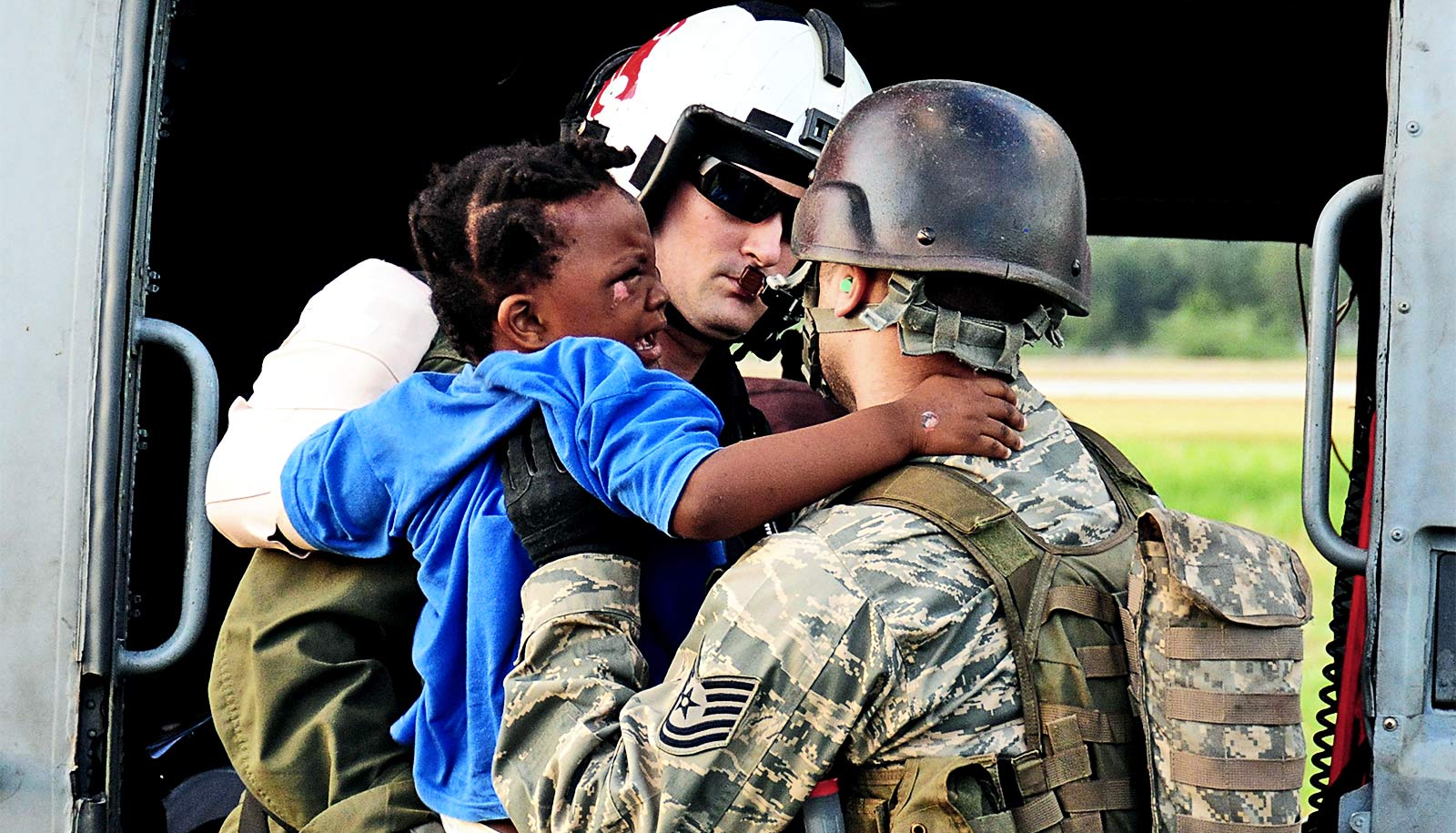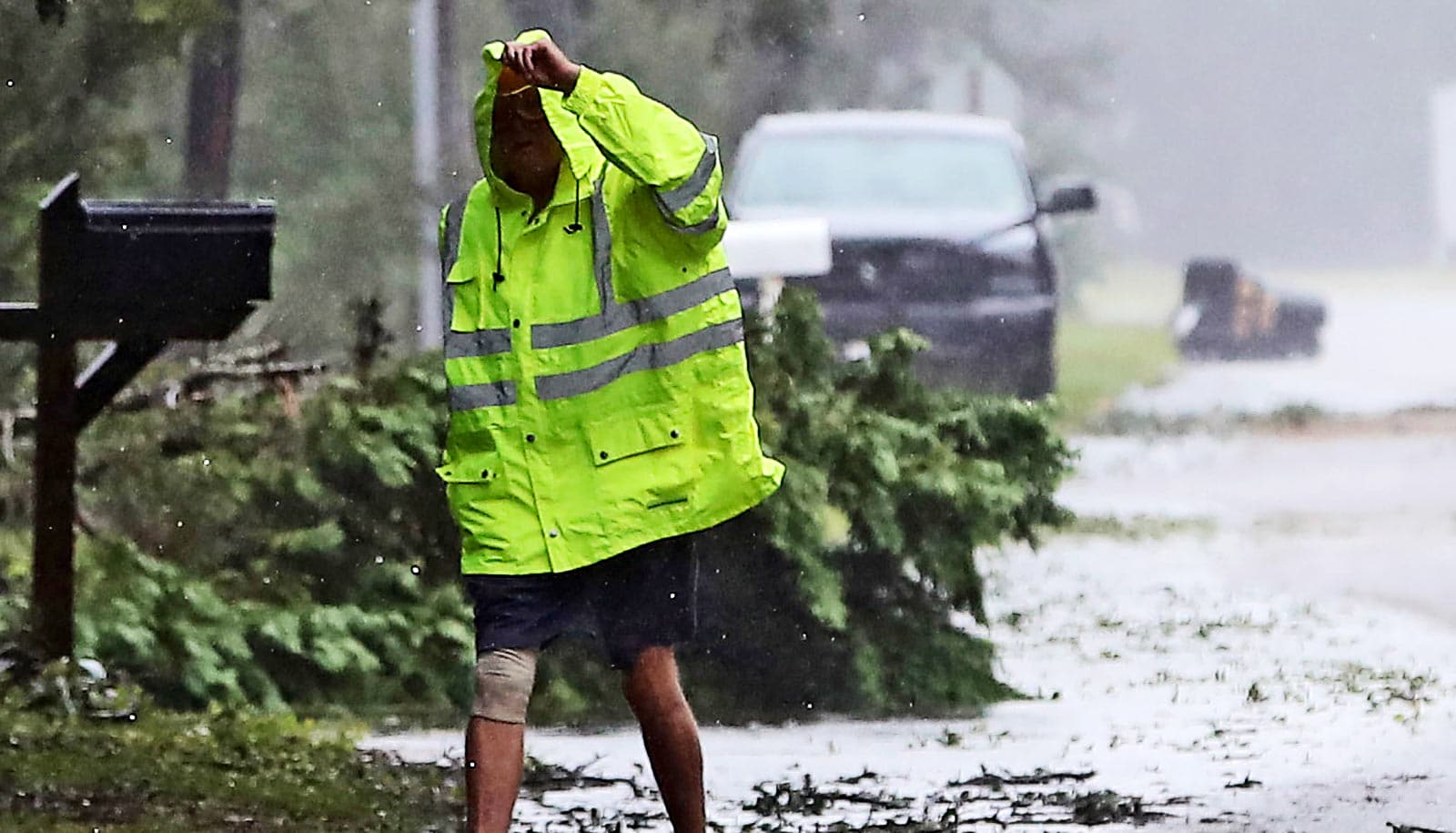A new computational model can help expedite military operations aimed at evacuating noncombatants, disaster response, or humanitarian relief, researchers report.
“What sets this tool apart from other models is that it is designed for use in both planning and during operations,” says corresponding author Brandon McConnell, a research assistant professor in the industrial and systems engineering department at North Carolina State University.
In short, the new model is designed to help officials determine what needs to be where and at what time in order to complete an evacuation as quickly as possible.
“The new model can operate in near-real time, making it operationally relevant. After all, even the best plans need at least minor modifications during execution.”
“In terms of specificity, we’re talking about where a given truck will be at any point in time during an operation,” McConnell says.
The researchers focused on noncombatant evacuation operations in South Korea. However, it could be used in a wide variety of scenarios.
“There is a tremendous amount of complexity associated with the Army’s South Korea noncombatant evacuation mission, and that presents a great opportunity for investigation and improvement,” says US Army Captain John Kearby, first author of the paper and a former NC State graduate student. Kearby is currently an instructor at the US Military Academy at West Point, but previously served as an engineer company commander in South Korea.
“The goal of this research was, and is, to encourage the development of better and more robust evacuation plans,” he says.
“The existing simulation models are both sophisticated and detailed—they have been valuable tools for helping us study operations like these,” McConnell says. “However, they’re not designed to respond to rapidly changing scenarios.
“The new model can operate in near-real time, making it operationally relevant. After all, even the best plans need at least minor modifications during execution.”
“The tool will need fine-tuning before it can be implemented—it would benefit from a user-friendly interface, for one thing—but it highlights the potential that operational models have for helping the military achieve its objectives both in and out of wartime,” says Joseph Myers, mathematical sciences division chief at the Army Research Office, an element of US Army Combat Capabilities Development Command’s Army Research Laboratory.
The paper appears in the Journal of Defense Analytics and Logistics. Support for this research came from the Army Research Office.
Source: NC State



